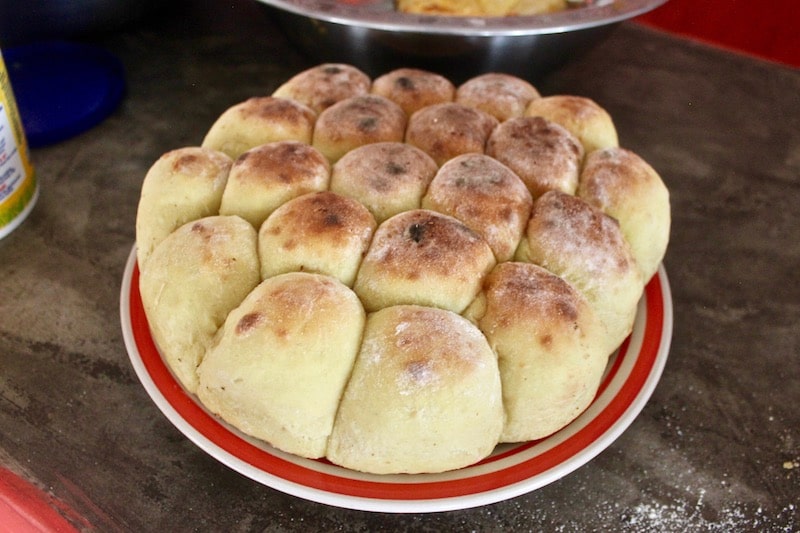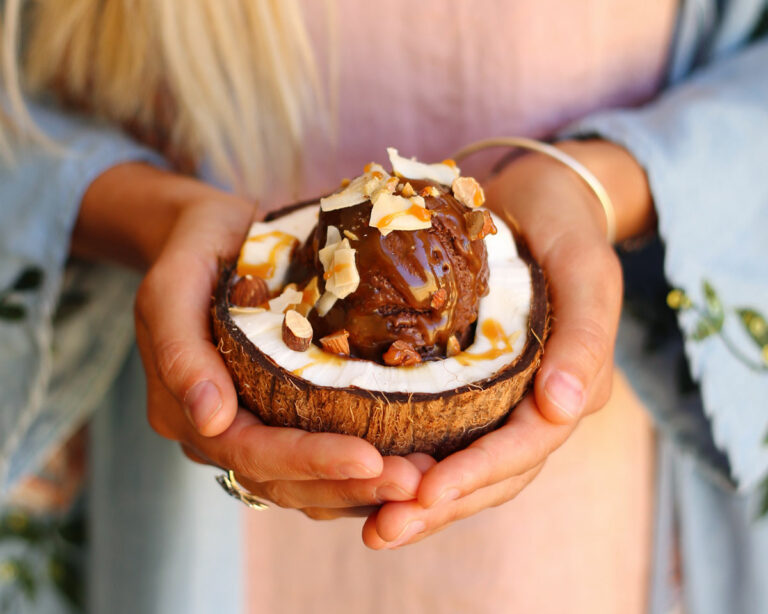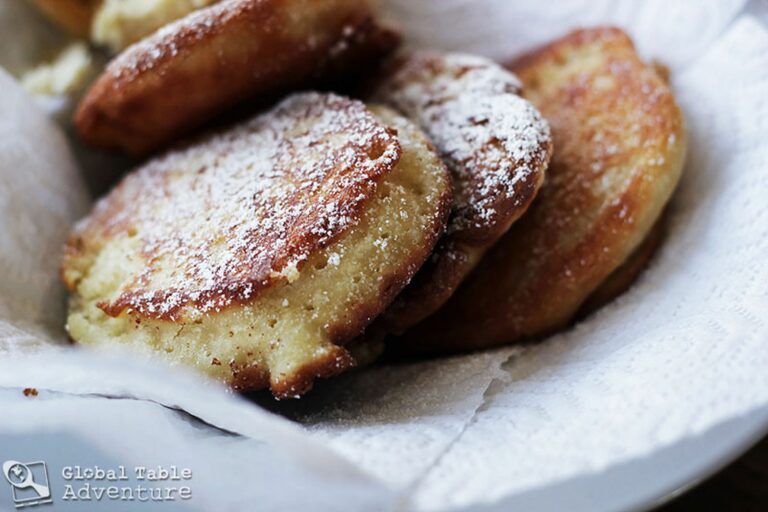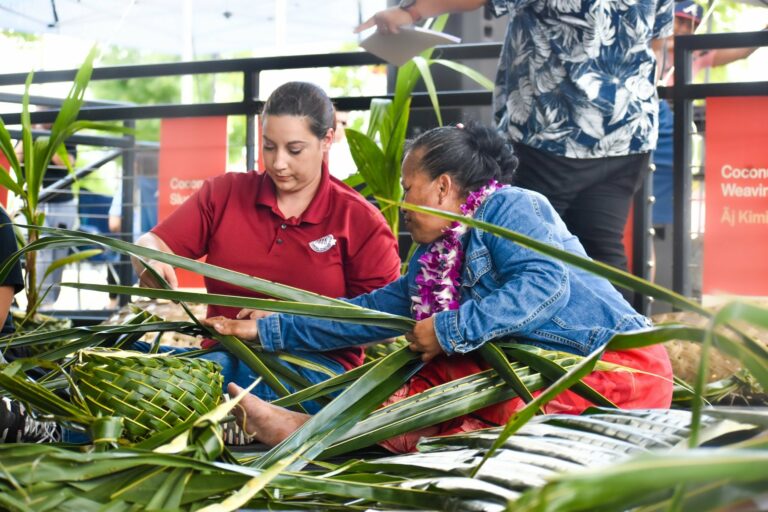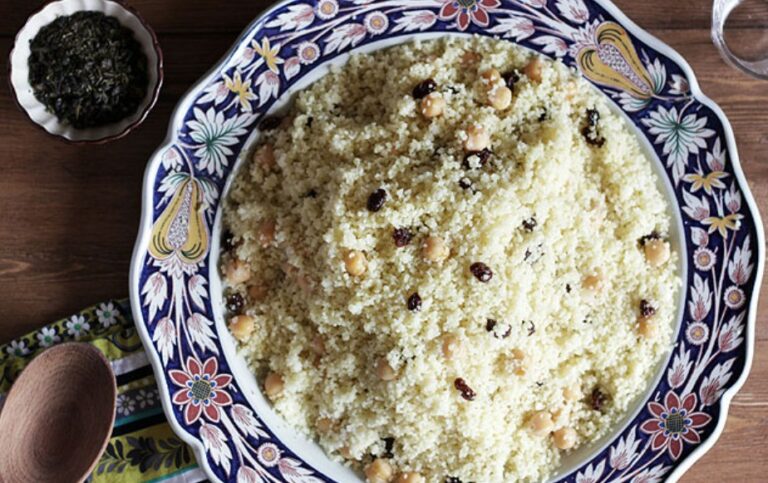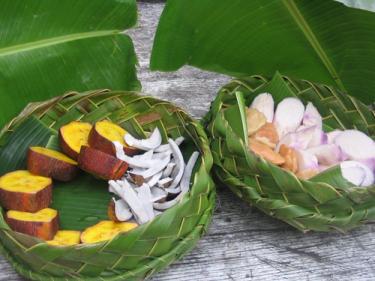Introduction: Malaysian Cuisine and Its Sweet Side
Malaysian cuisine is a blend of different cultures, including Malay, Chinese, Indian, and Indonesian, making it unique and diverse. When it comes to desserts and sweets, Malaysian cuisine is no exception, featuring an array of delicious options that will satisfy anyone’s sweet tooth. The country’s use of coconut milk, pandan leaves, and palm sugar gives its desserts a distinct flavor that sets them apart from other Asian cuisines.
Traditional Malaysian Sweets: Kuih-Muih
Kuih-Muih is a term used to describe traditional Malaysian sweets, which can either be sweet or savory. These bite-sized treats come in different shapes, colors, and flavors and are often served during breakfast or as a snack throughout the day. Some of the popular types of Kuih-Muih include Onde-Onde, a glutinous rice ball filled with palm sugar and coated with grated coconut, and Kuih Lapis, a layered cake made from rice flour, coconut milk, and pandan leaves. Other must-try Kuih-Muih include Kuih Ketayap, Kuih Talam, and Kuih Bingka Ubi.
The Must-Try Dessert: Cendol
Cendol is a refreshing and delightful dessert that is popular in Malaysia, especially during hot weather. It is made from rice flour, pandan leaves, and coconut milk, which are mixed and pushed through a sieve to form thin strands. The strands are then served in a bowl with shaved ice, palm sugar syrup, and sometimes, red beans. Cendol can also be topped with durian, an exotic fruit that is popular in Southeast Asia, giving the dessert an added flavor and aroma.
Sweet Treats for Special Occasions: Mooncakes
Mooncakes are a staple dessert during the Mid-Autumn Festival, a festival celebrated by Chinese communities worldwide, including Malaysia. These round-shaped pastries are usually filled with lotus seed paste or red bean paste and often have a salted egg yolk in the center, symbolizing the full moon. Mooncakes come in different styles and flavors, such as snow skin mooncakes, ice cream mooncakes, and even durian mooncakes.
A Fusion of Cultures: Roti Jala and Apam Balik
Roti Jala and Apam Balik are two Malaysian sweet treats that showcase the country’s fusion of cultures. Roti Jala is a thin, net-like pancake made from a mixture of flour, eggs, and coconut milk and is often served with curry. Apam Balik, on the other hand, is a sweet pancake filled with roasted peanuts, sugar, and sometimes, corn. It is typically cooked on a griddle and folded into a half-moon shape.
The Sweet and Savory Combination: Dodol and Seri Muka
Dodol and Seri Muka are two Malaysian desserts that combine sweet and savory flavors, making them unique and delicious. Dodol is a sweet, sticky dessert made from coconut milk, palm sugar, and glutinous rice flour and is often flavored with durian or pandan leaves. Seri Muka, on the other hand, is a layered cake made from glutinous rice flour and coconut milk, with a custard layer made from pandan leaves and eggs. These desserts are perfect for those who enjoy both sweet and savory flavors.


